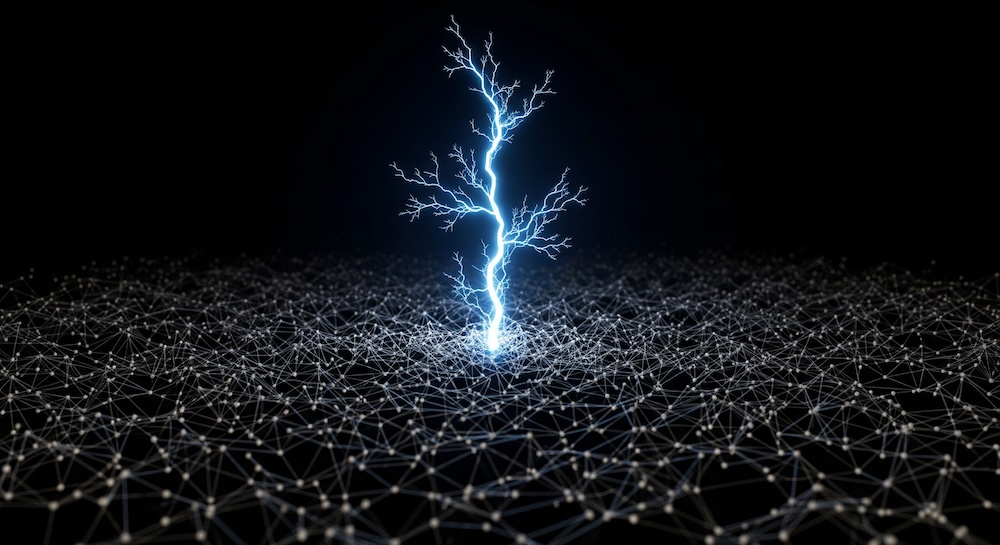
The Two Ways of Knowing: How a Machine Could Actually Create
Memorizing vs. Creating: Teaching Machines the Difference.
12 June 2025
Can an AI have a true "eureka!" moment? Can it generate a genuinely new idea, not just an echo of its training data? To answer this, we need to explore two fundamentally different ways of knowing: learning from experience and creating from reason.
1. Learning from Experience (A Posteriori Knowledge):
This is the heartland of modern AI. Systems ingest massive datasets—all the text on the internet, millions of images, billions of user interactions—and become masters at recognizing patterns within that data. It's like a chess computer that has memorized every grandmaster game ever played. It can identify moves that have historically led to victory with incredible accuracy. This is immensely powerful for prediction and classification, but it's always looking backward. It operates within the fixed universe of the data it was given. It can't invent a new chess piece.
2. Creating from Reason (A Priori Knowledge):
This is the spark of invention. It’s not about finding a pattern in existing data, but about generating a new rule, a new concept, a new model of the world out of whole cloth. It’s the "what if" moment that isn't an extrapolation but a new axiom. When Einstein imagined riding on a beam of light, he wasn't analyzing a dataset; he was performing an a priori thought experiment that changed our understanding of reality. This is where true creativity lies.
Today’s AI is locked in the first mode. It is a brilliant memorizer, but it cannot create.
A truly adaptive intelligence must do both. It needs to form a robust model of the world based on experience (a posteriori). But when that model fails—when reality presents something unexpected—it must have the capacity for an a priori leap. It must be able to say, "My current understanding is insufficient. Let me generate a new hypothesis, a new rule, a new way of seeing things, and then test it against reality."
This creates a powerful loop:
-
Learn from interaction with the world.
-
Create a new hypothesis when the old model breaks.
-
Test that new hypothesis against the world to verify it.
-
Integrate the verified new knowledge, evolving the internal model.
This cycle is the engine of true understanding. It’s the difference between being a library of all existing books and being an author who can write a new one.
So what does an intelligence that can run this cycle actually look like? In our next post, we’ll explore the ultimate vision: a system that truly evolves.
#AI #Creativity #MachineLearning #Innovation #Epistemology #CognitoOne #dEO